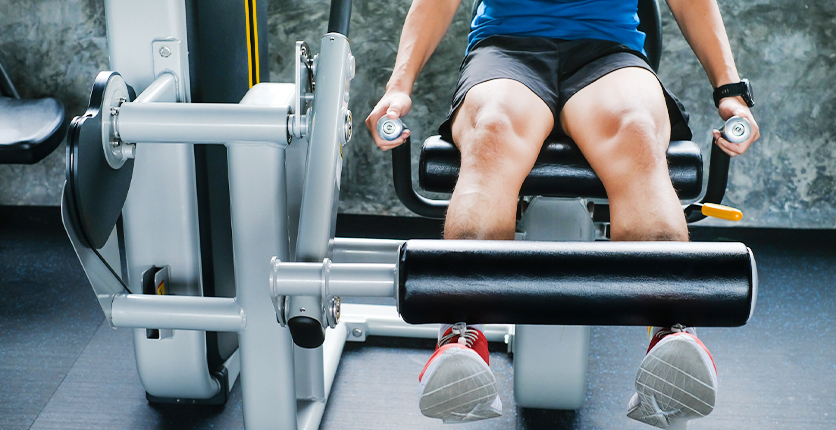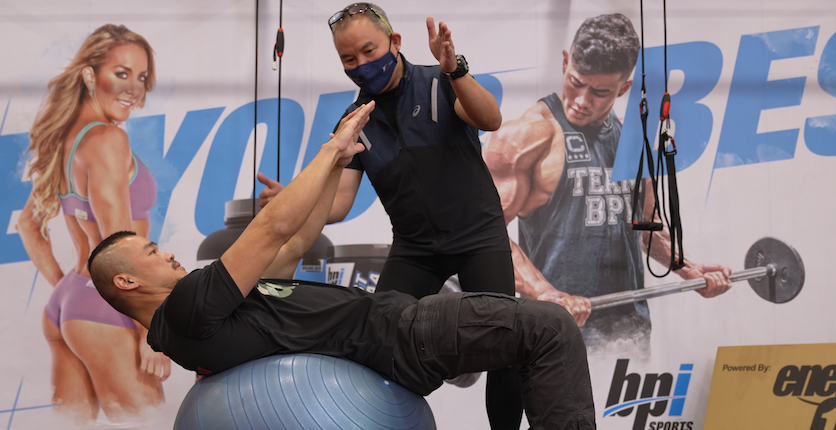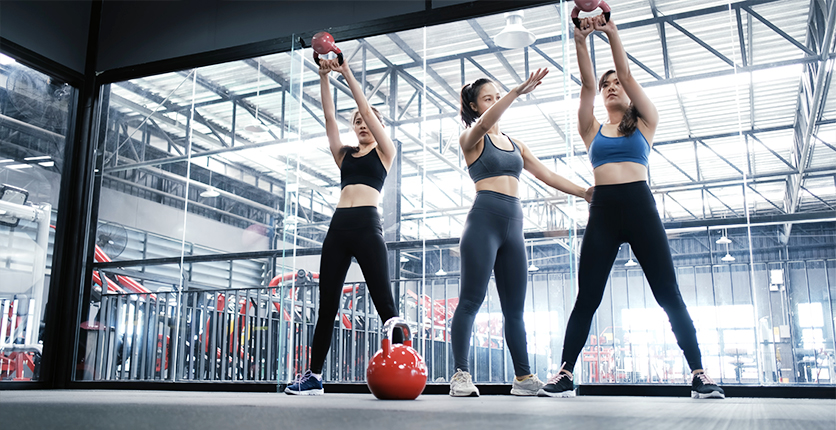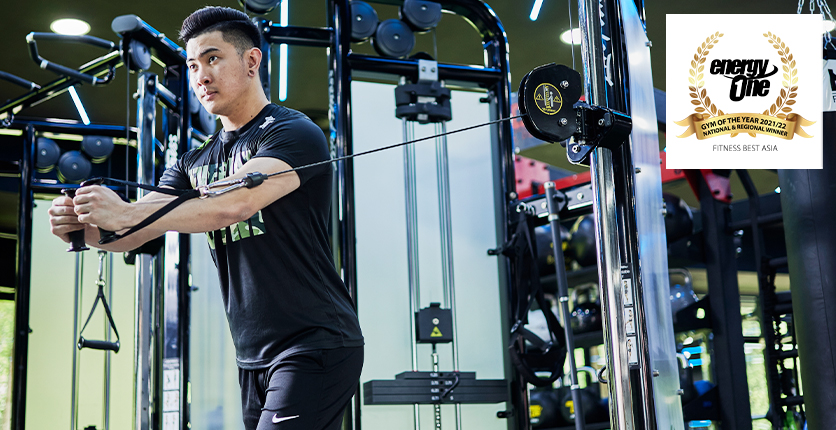It’s a common sight in any gym: Men who focus on working out their arms and upper bodies to look broad, fit and toned. But what about the legs? They are often neglected as they are viewed to be less “visible”.
We speak to Jason Chua, Fitness Trainer at EnergyOne who has 22 years of experience, on why working out your legs is an essential part of your gym regime, and the best kinds of exercises to do.

Q: Why are leg workouts important?
Jason: Legs are the pillars for a healthy body and training them should be a top priority for overall physique and health. Working out your legs as well as the top half of your body – your chest, arms and shoulders – will also ensure your body is proportionate and not top-heavy.

Q: Should I always do leg workouts at every gym session, or can I alternate?
Jason: As a general rule, most experienced athletes and personal trainers recommend a leg workout three times per week. This workout will usually be 15 to 20 minutes long as part of a larger exercise routine that can be as long as one hour. It’s also a good idea to target different parts of the leg, such as the glutes, thighs and calves, on each successive workout day.
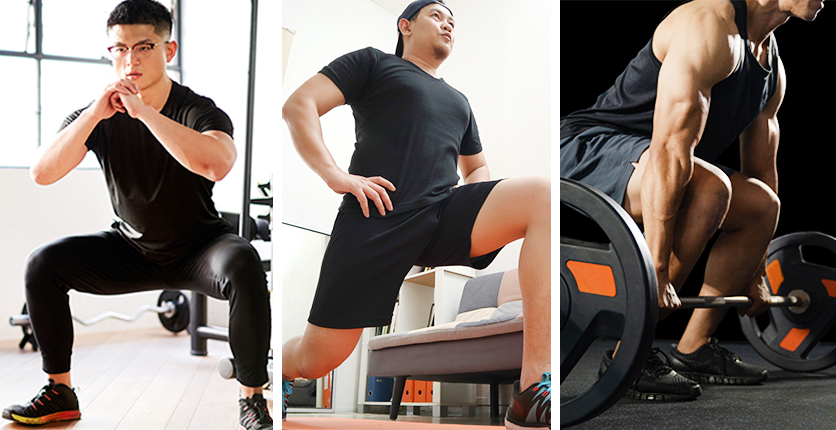
Q: Can you describe 3 key leg workouts and how they benefit the body?
Jason: Squats: They are the simplest exercise you could do but one of the most challenging. They work the whole lower body, including glutes.
Lunges: Just like squats, these require hip and knee extension and engage key muscles. This exercise also stimulates the glutes and thighs and can be done standing in place or stepping forward or backward.
Deadlift: This exercise is typically done with a barbell, but can also be done with dumbbells. The deadlift targets several muscle types, including your back, the quadriceps on the front of your thighs and the hamstrings on the back of your thighs. As well as being a key leg exercise, it also engages the glute muscles.
A leg workout engages the major muscle groups of your body, which help to improve overall athletic performance and support healthy movement patterns in your daily life. A strong lower body will also help to prevent injury and manage chronic conditions such as arthritis, heart disease, and diabetes.
Q: What kind of leg workouts can I do without equipment?
Jason: You can do bodyweight squats, bodyweight walking lunges, or plyometric jumps (squats and lunges).
Q: What happens if I neglect working out my legs?
Jason: If you don’t work out your leg muscles, you will miss out on creating the strongest foundation possible, which will support all of your activities. A firm solid base will give you more stability, which in turn enhances your mobility, range of motion, and coordination.

Q: What are some common mistakes gym goers make when it comes to leg workouts?
Jason: Only doing partial reps, trying to lift weights that are visibly too heavy, strength training without proper form, taking breaks that are too long between sets and not having a correct workout plan.

Q: How can a personal trainer help with my leg workouts?
Jason: A personal trainer will help you to get back in shape and guide you with the proper training principles, nutrition advice and keep you accountable on your journey.
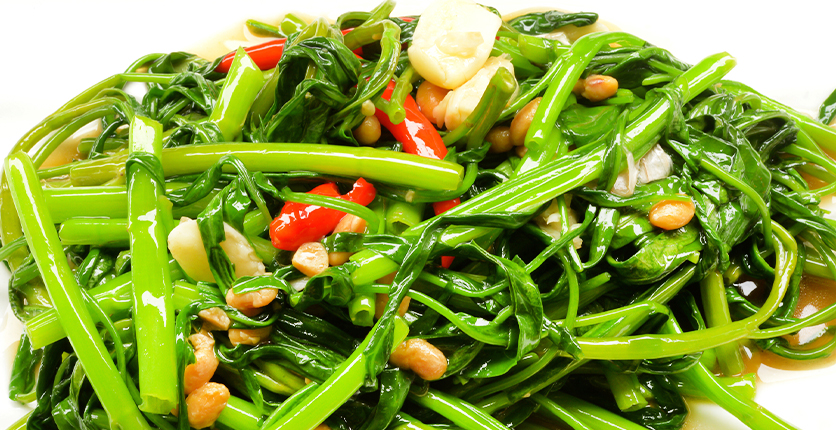
Q: Bonus question: My grandma says eating kangkong will give me weak legs. Is that true?
Jason: There’s no scientific evidence that eating kangkong gives you weak or tired legs. Eating this local favourite will add lots of nutrition to your diet, as it is rich in beta carotene, which acts as an antioxidant, and it also provides dietary fibre which prevents constipation. It also contains calcium, which contributes to strong bones.
Want more fitness articles like this, and other lifestyle content right in your inbox? Sign up for the eNSman Newsletter – you don’t need to be a SAFRA member to subscribe – and never miss another story!
